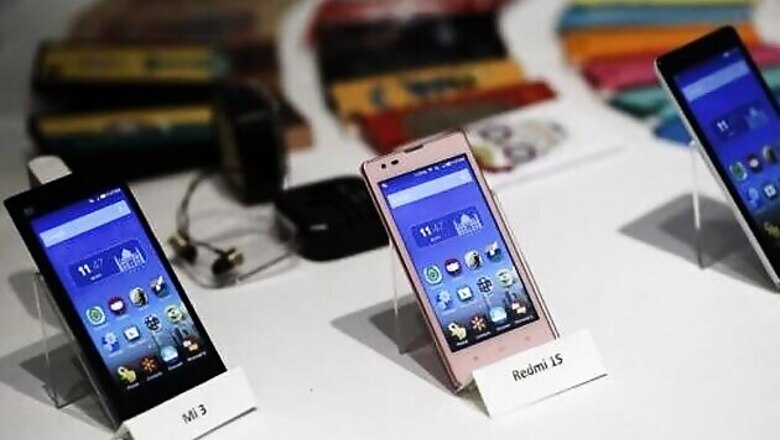
views
Mumbai: Chinese smartphone maker Xiaomi said it could sell more models in Indian stores while pursuing its primarily online-only strategy if it succeeds in selling enough Redmi Note 4G handsets through shops of carrier Bharti Airtel Ltd.
Xiaomi entered India with online retailer Flipkart.com in July, selling phones through flash sales whereby availability is limited to short time frames. The online strategy cuts down on marketing and distribution costs, allowing Xiaomi to sell feature-rich phones at low prices.
But last week, Bharti Airtel said it would sell Redmi Note 4G handsets in six cities through 133 stores of India's biggest fourth-generation (4G) mobile network provider. In-store handset prices in India are comparable to online models because neither are sold with network chips or subsidised through pricing plans.
"If this works out fine, we'll expand the partnership to other cities and other devices," Manu Jain, head of Xiaomi in India, told Reuters in a telephone interview on Wednesday, adding that it was too early to form any concrete plans yet.
Making models available in stores - as Xiaomi does in China - could help the fast-growing startup reach more users in the world's third-largest smartphone market as Bharti promotes the handsets to attract subscribers to its 4G service.
Offline channels
Due to online sales, Xiaomi's Indian customers span 1,000 cities just six months after entering the market, Jain said.
But "offline" channels are important for prospective customers to see and feel the phones on offer. In China, about 30 percent of Xiaomi's sales come from "offline" channels and the company is aiming for a similar split in India, Jain said.
Xiaomi's store push comes as the maker plans new model launches, including its pricier Mi4 by the end of this month or early next, Jain said without elaborating.
In India, Xiaomi is just one of 280 brands in a smartphone market led by South Korea's Samsung Electronics Co Ltd followed by local maker Micromax Informatics Ltd. Standing out from the crowd could necessitate a more tangible presence in a range of locations.
Rival Google launched its Android One range of affordable smartphones last year on e-commerce sites in India, and has since extended to in-store sales.
"If Xiaomi has to reach out to rural areas and smaller cities (which have lower online populations), they have to have tie-ups with brick-and-mortar stores," said Neil Shah, a Mumbai-based research director for devices at Counterpoint Research.



















Comments
0 comment